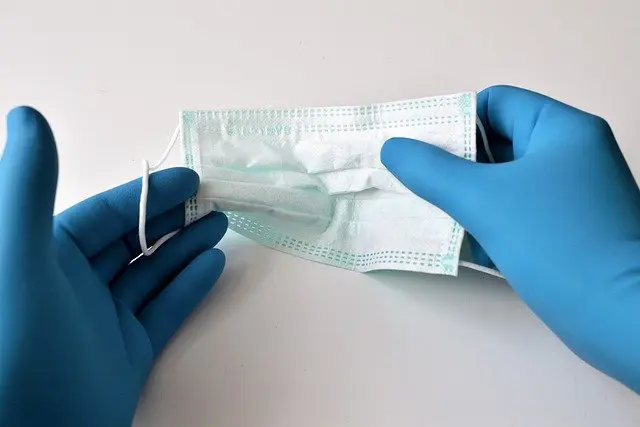Almost 100,000 NHS staff were reported to be sick or self-isolating according to the latest figures, with half of these due to COVID-19. However, many of these staff could be better protected with the right digital tools, such as Bleepa, to work more efficiently and effectively remotely.
Pressures on the NHS
Data from NHS England has recorded 99,934 NHS staff absences, with a total of 49,704 reported to be due to COVID-19. This figure of 50% impacted by COVID-19 is likely to have grown since the latest figures were available in early January.
COVID-19 has heavily increased workloads for NHS hospital staff while faced with this dramatic reduction in staff who are currently unable to come to their place of work. With hospitalisation rates still rising, pressure on staff continues to grow. Therefore, a more sustainable approach to NHS workplaces is needed as a matter of urgency.
If the right tools are in place to support remote working for clinicians, pressure on workloads and the impact on patients could be radically improved.
Bridging the gap with Bleepa
Ayman Kasir is one example of a clinician who has successfully managed referrals remotely while shielding during COVID-19.
“As a gastroenterology locum registrar, I was covering clinical work at the Royal Oldham Hospital in Manchester when COVID-19 escalated to a global pandemic. Due to existing health conditions, I was advised to shield from other people – including patients – for my own safety. This meant that I was confined to a desk, isolating from colleagues, and unable to see patients face to face,” Dr Kasir explained.
“To continue supporting the gastroenterology team, my responsibility was to review patient cases and make clinical decisions on referrals. With a CE-marked app called Bleepa that had been introduced to the hospital, I was able to see all the patient information remotely and didn’t need to physically see the patient to deal with the referral. This made it much safer not only for me personally but also for patients and colleagues to minimise contact with others.”
Bleepa was deployed at the Royal Oldham Hospital, part of the Pennine Acute Hospitals NHS Trust, as a key clinical communication tool in the Trust’s COVID-19 response. This included flagging patients by key clinical indicators (for example, COVID-19 status or ventilation status), mapping these with patient location through integration with the Trust’s administration system and allowing monitoring of ventilator availability by ward location. It also facilitated local patient recruitment onto the Recovery Trial, allowing the clinical teams to refer patients directly to the research nurse team.
Digital innovations in the NHS
CEO of Feedback Medical Dr Tom Oakley believes that – with the right technology – frontline NHS staff can benefit from connectivity and peer support, without needing to be physically present in the hospital.
“A key part of a clinician’s role – getting a clinical decision quickly and putting it into effect – can still be performed if he or she is self-isolating during COVID-19,” Dr Oakley says.
“I would call this ‘Digital Protective Equipment’, alongside PPE and vaccination. It not only helps clinicians when they can’t be in the hospital (or don’t need to be) but it also protects patients as COVID-19 infection is continuing to spread in hospital settings. Reducing in person to person in hospitals interactions is key, as in any other setting, and the right digital communication allows this.”
Protecting NHS staff
Jenny Thomas is Programme Director for DigitalHealth.London, an NHS-delivered, government and charitable funded organisation which accelerates the adoption of digital innovation in the NHS.
“We are proud to support products like Bleepa that offer NHS staff greater protection from COVID-19 using digital,” she said.
“Bleepa’s CE-marked remote working tool ensures secure transfer and storage of patient data, improves sharing of medical grade imaging and can fully integrate with hospital administration systems. It is a great example of how digital health can support the NHS, particularly at this challenging time.”
Critically, Dr Oakley highlights the importance of using correct, CE-marked clinical communication tools if clinicians are working remotely.
“While I advocate for more remote working for clinicians as a protective measure during the pandemic, I would only recommend this with the right technological infrastructure in place,” he noted.
“Quick fix tools such as WhatsApp, typically used for social communication, or those that are not approved for sharing of medical grade images and confidential patient data are not a solution and even put trusts and patients at risk.”
“However, with the right technology available to them, I would absolutely recommend that as many clinicians as possible are supported to work from home during the pandemic for their own safety and infection control. A CE-marked tool can enable excellent communication between clinicians, management of individual patient pathways, patient data storage that complies with data security (not stored locally on any device) and sharing of medical grade imagery for fast decision-making that is fully integrated into the hospital’s administration system.”
